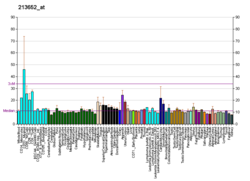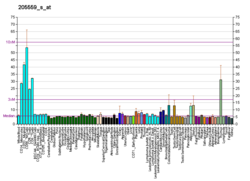Proprotein convertase subtilisin/kexin type 5 is an enzyme that in humans is encoded by the PCSK5 gene, found in chromosome 9q21.3 [5] [6] [7] Two alternatively spliced transcripts are described for this gene but only one has its full length nature known.






